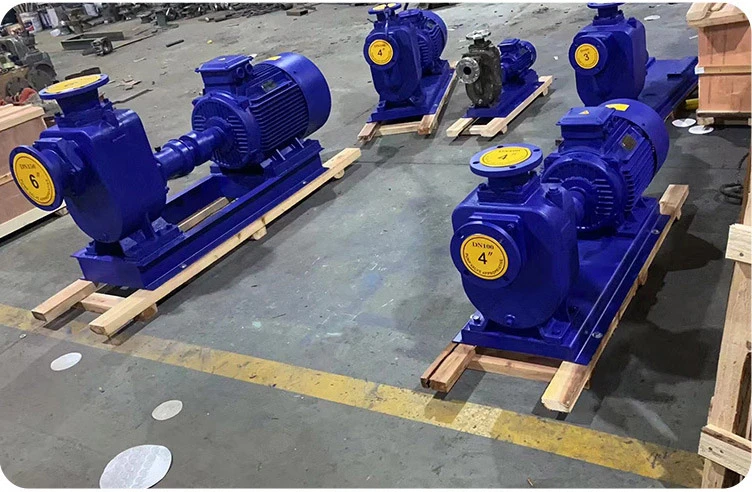English
- Afrikaans
- Albanian
- Amharic
- Arabic
- Armenian
- Azerbaijani
- Basque
- Belarusian
- Bengali
- Bosnian
- Bulgarian
- Catalan
- Cebuano
- Corsican
- Croatian
- Czech
- Danish
- Dutch
- English
- Esperanto
- Estonian
- Finnish
- French
- Frisian
- Galician
- Georgian
- German
- Greek
- Gujarati
- Haitian Creole
- hausa
- hawaiian
- Hebrew
- Hindi
- Miao
- Hungarian
- Icelandic
- igbo
- Indonesian
- irish
- Italian
- Japanese
- Javanese
- Kannada
- kazakh
- Khmer
- Rwandese
- Korean
- Kurdish
- Kyrgyz
- Lao
- Latin
- Latvian
- Lithuanian
- Luxembourgish
- Macedonian
- Malgashi
- Malay
- Malayalam
- Maltese
- Maori
- Marathi
- Mongolian
- Myanmar
- Nepali
- Norwegian
- Norwegian
- Occitan
- Pashto
- Persian
- Polish
- Portuguese
- Punjabi
- Romanian
- Russian
- Samoan
- Scottish Gaelic
- Serbian
- Sesotho
- Shona
- Sindhi
- Sinhala
- Slovak
- Slovenian
- Somali
- Spanish
- Sundanese
- Swahili
- Swedish
- Tagalog
- Tajik
- Tamil
- Tatar
- Telugu
- Thai
- Turkish
- Turkmen
- Ukrainian
- Urdu
- Uighur
- Uzbek
- Vietnamese
- Welsh
- Bantu
- Yiddish
- Yoruba
- Zulu
Telephone: +86 13120555503
Email: frank@cypump.com
Dec . 06, 2024 15:19 Back to list
slurry pump parts name
Understanding Slurry Pump Parts A Comprehensive Guide
Slurry pumps are essential equipment in various industries, primarily used for transporting slurries—mixtures of liquid and solid particles. These pumps play a crucial role in mining, metallurgical processes, wastewater treatment, and other applications where abrasive or viscous substances need to be moved. To ensure optimal performance and longevity of slurry pumps, it is essential to understand their parts and functions. In this article, we will delve into the primary components of slurry pumps, their names, and their significance in pump operation.
1. Pump Casing
The pump casing is the outer shell that houses the internal components of the slurry pump. Typically made from metal or a durable polymer, the casing is designed to withstand the high pressures and corrosive nature of slurries. Its shape is crucial for guiding the flow of the mixture and providing structural integrity. The design of the casing also influences the hydraulic efficiency of the pump.
2. Impeller
The impeller is the heart of the slurry pump, responsible for imparting kinetic energy to the slurry. Usually constructed from high-chrome materials or rubber for enhanced wear resistance, the impeller's shape and size directly affect the pump's capacity, pressure, and efficiency. Impellers can be open, semi-open, or closed, depending on the specific application requirements.
3. Wear Plate
The wear plate is a critical component designed to protect the casing and impeller from abrasive wear. Over time, slurry can erode internal surfaces, leading to decreased efficiency and potential pump failure. The wear plate absorbs this wear, and its replaceable nature ensures that the pump can continue to operate effectively, reducing operational costs and downtimes associated with part replacement.
4. Suction Flange and Discharge Flange
These flanges are essential for connecting the slurry pump to the inlet and outlet piping systems. The suction flange allows slurry to enter the pump, while the discharge flange directs the pumped slurry to its next destination. Their proper design and installation ensure that there are no leaks or excessive pressure losses during the pumping process.
slurry pump parts name

5. Bearing Assembly
The bearing assembly supports the rotating shaft and helps maintain the alignment of the impeller. Bearings are crucial for minimizing friction, facilitating smoother operation, and extending the service life of the pump. They must be designed to handle the weight and load of the impeller while also resisting wear from abrasive materials.
6. Shaft
The shaft connects the impeller to the motor, transmitting rotational energy to the impeller. It must be robust enough to handle high torque and must be designed to prevent bending or breaking during operation. Shaft construction typically involves materials with high tensile strength and wear resistance.
7. Seals
Seals are essential for preventing leakage of the slurry from the pump casing. Various types of seals, including gland seals and mechanical seals, are used to protect the pump from the corrosive and abrasive nature of the materials being pumped. The choice of seal type can significantly impact the efficiency and maintenance requirements of the pump.
8. Drive Mechanism
The drive mechanism, often an electric motor or engine, provides the necessary power to operate the slurry pump. Proper alignment and mounting of the drive mechanism are crucial for efficient operation and can help mitigate wear on the bearings and shaft.
Conclusion
In conclusion, understanding the components of slurry pumps is vital for their effective operation and maintenance. Each part plays a significant role in the overall performance of the pump, and awareness of these components can help in troubleshooting and preventing operational issues. By investing in high-quality parts and maintaining them properly, industries can ensure reliable performance, reduce downtime, and optimize their slurry transport processes. Whether you are in mining, construction, or wastewater treatment, knowledge of slurry pump parts is an invaluable asset.
-
ISG Series Vertical Pipeline Pump - Chi Yuan Pumps Co., LTD.|Advanced Hydraulic Design&Energy-Efficient Solutions
NewsJul.30,2025
-
ISG Series Vertical Pipeline Pump - Chi Yuan Pumps Co., LTD.
NewsJul.30,2025
-
ISG Series Vertical Pipeline Pump - Chi Yuan Pumps Co., LTD.|energy-efficient fluid handling&industrial durability
NewsJul.30,2025
-
ISG Series Vertical Pipeline Pump - Chi Yuan Pumps | Advanced Engineering&Industrial Efficiency
NewsJul.30,2025
-
ISG Series Pipeline Pump - Chi Yuan Pumps | High Efficiency, Energy Saving
NewsJul.30,2025
-
ISG Series Vertical Pipeline Pump-Chi Yuan Pumps|High Efficiency&Reliable Performance
NewsJul.29,2025










